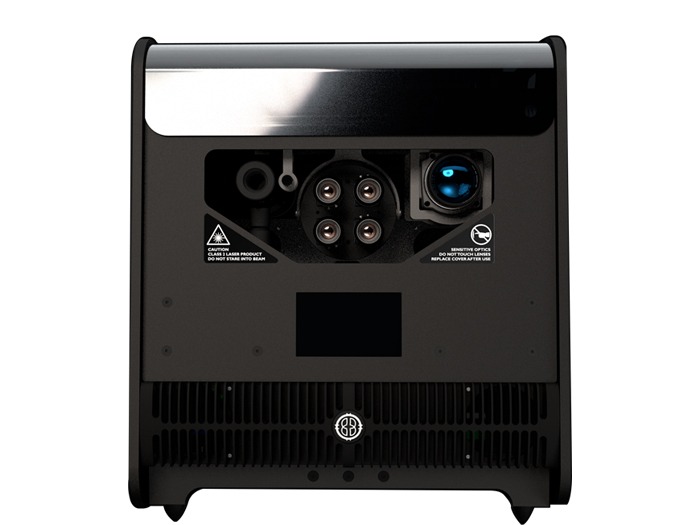Brompton Technology unveiled its Hydra system at LDI 2019. This all-in-one industrial solution incorporates all the measurement instruments and processing required for panel measurements to enable Dynamic Calibration – a ground-breaking new technology exclusive to Brompton Technology.
With Hydra, set-up time is minimal – just align with the panel at either 4m or 8m – with no focus, exposure or zoom adjustments required. To measure a panel simply enter a name and a measurement temperature – there is no configuration of brightness or colour targets required.
The Hydra system relies on tight integration with the Brompton R2 receiver card in each panel to speed up the measurement process like never before. It takes measurements using multiple instruments simultaneously, achieving 20Gbps data capture so that a colorimetric imaging measurement takes only 33ms compared to multiple full seconds for legacy systems. As a result, a complete cycle of measurements for a panel takes a matter of seconds, and for even greater efficiency the upload of the measurement data to the panel is deferred until the panels are built into a wall for inspection, minimising the time required in the calibration lane. The data upload can then occur to all panels in a wall simultaneously to minimise overall required time.
“We are delighted to lift the curtain on Dynamic Calibration and show the complete package for the very first time at LDI,” said Brompton’s CTO, Chris Deighton. “Hydra not only unlocks the power of Dynamic Calibration and Brompton HDR, but is also much faster than legacy calibration systems, saving time and money for panel manufacturers.”
The system incorporates comprehensive error checks to ensure correct alignment of panels and correct measurement temperature, minimising the potential for user error. It can also generate reports in multiple languages to give an objective assessment of panel performance, making it straightforward to confirm that each new batch of panels meets your specifications.
While panels must all be measured at a consistent temperature, for Dynamic Calibration that temperature does not need to be particularly high, reducing the pre-heat time needed for each panel. ThermaCal can then be used to separately compensate for temperature-related issues.
“Dynamic Calibration is not just for brand new LED panels,” Deighton concluded. “It also allows existing panels using the Tessera R2 card to be given a new lease of life and it is supported by all Tessera processors as a free software upgrade.”

